I. Q: Is the distillation column system operated continuously? Why do you need four towers?
A: We set up a three-tower continuous operation, and added an intermittent tower to improve the recovery rate and minimize the loss of NMP. They are dehydration towers: Most of the water is removed from the top of the tower, and the bottom of the tower enters the light removal tower. Light removal tower: Light components are removed from the top of the tower, and the tower substrate enters the refining tower. Refining tower: NMP qualified to meet the product requirements is discharged from the top of the tower, and the tower substrate enters the batch tower. Intermittent tower: NMP recovered from the top of the tower enters the waste liquid tank, and the tower substrate is packed in barrels and entrusted to a qualified manufacturer for treatment.
II. Q: Is the middle arrangement of distillation column system so empty? Is it a waste of space?
A: NMP belongs to C Class A liquid. Our distillation column is operated under negative pressure. Although the operating temperature is lowered, the operating temperature is still higher than the flash point of NMP. According to the regulations, the device belongs to Class B device. According to the types of devices and the properties of supporting equipment, we need reasonable and compliant layout to meet the requirements of fire prevention spacing.
III. Q: How long will it take to recover the cost of the whole device?
A: It needs to be comprehensively accounted according to the prices of NMP good solution and NMP waste solution. If the price difference between NMP good solution and NMP waste solution with a certain concentration is small, it will take a long time to restore the unit. If the price difference is large, the return time will be shorter. According to the current price difference, the recovery time of our accounting is generally 1-1.5 years.
IV. Q: How long can the equipment run to produce qualified products?
A: Generally divided into two situations: 1. It takes a long time to start the car for the first time, because the materials in the system need to be fully replaced. It takes about two weeks to produce qualified products this time. 2. After commissioning, qualified products can be produced in 10-12 hours.
V. Q: How to adjust the pressure of tower in distillation operation? What are the factors that affect the change of tower pressure?
A: In the operation of any distillation column, the tower pressure should be controlled within the specified index to adjust other parameters accordingly. Excessive fluctuation of tower pressure will destroy the material balance and gas-liquid balance of the whole tower and make the products fail to meet the required quality. Therefore, many distillation columns have their specific measures to ensure that the tower pressure is stable within the appropriate range.
For the tower pressure of the pressurization tower, there are mainly the following two adjustment methods:
1. When the condenser at the top of the tower is a condenser, the tower pressure is generally adjusted by the gas phase recovery. When other conditions remain unchanged, the gas recovery increases and the tower pressure decreases; The gas production decreases and the tower pressure increases.
2. When the condenser at the top of the tower is a full condenser, the tower pressure is mostly adjusted by the amount of refrigerant, which is equivalent to adjusting the temperature of reflux liquid.
Under the premise of other conditions unchanged, the temperature of reflux liquid and tower pressure will decrease with the increase of refrigerant dosage. If the amount of refrigerant is reduced, the temperature of reflux liquid will rise and the tower pressure will rise.
For the pressure control of vacuum distillation column, there are mainly the following two methods:
1. When the electric vacuum pump is used for vacuumizing, the regulating valve is installed on the reflux line of the vacuum pump, and the exhaust gas extraction amount of the system is adjusted by the opening of the regulating valve, thus adjusting the vacuum degree of the tower.
For the pressure control of atmospheric tower, there are mainly the following three methods:
1. When the stability of the tower top pressure is not high, there is no need to install a pressure control system, and a pipeline to the atmosphere should be installed on the distillation equipment (condenser or reflux tank) to ensure that the pressure in the tower is close to atmospheric pressure.
2. When the stability of tower top pressure is high or the separated materials can't contact with air, the control method of tower top pressure can be used.
3. Adjust the vapor pressure of the tower bottom by adjusting the amount of steam heated in the tower bottom.
VI. Q: How to adjust the kettle temperature in distillation operation? What are the factors that affect the fluctuation of kettle temperature?
A: The kettle temperature is determined by kettle pressure and material composition. In the process of rectification, only by keeping the specified kettle temperature can the product quality be ensured. Therefore, kettle temperature is one of the important control indexes in distillation operation.
When the kettle temperature changes, the kettle temperature is usually adjusted to normal by changing the amount of heating steam in the evaporation kettle. When the kettle temperature is lower than the specified value, the amount of steam should be increased to increase the vaporization amount of kettle liquid, so that the content of heavy components in kettle liquid is relatively increased, the bubble point is raised and the kettle temperature is raised.
When the kettle temperature is higher than the specified value, the steam consumption should be reduced to reduce the vaporization of kettle liquid, so that the content of light components in kettle liquid is relatively increased, the bubble point is reduced and the kettle temperature is lowered.
There are many reasons for the fluctuation of kettle temperature. When the tower pressure suddenly rises, the kettle temperature will rise and then fall again. This is because the increase of kettle temperature is caused by the increase of pressure, which leads to the increase of bubble point in kettle. Therefore, the rising steam quantity in the tower will not increase, but will decrease due to the increase of pressure; In this way, the evaporation of light components in the mixed liquid of the tower and the kettle is not complete, which will lead to the decrease of the bubble point of the kettle, and thus the temperature of the kettle will also decrease.
On the contrary, when the tower pressure suddenly drops, the rising steam in the tower will increase due to the decrease of the tower pressure, resulting in the rapid decrease of the liquid level in the tower bottom, so that the heavy components may be brought to the top of the tower. As the components in the kettle liquid become heavier, the bubble point of the kettle liquid increases, and the kettle temperature will also increase. From this point of view, tower pressure is an important factor that causes the change of kettle temperature. Therefore, only by first controlling the tower pressure in the required index can we know exactly whether the kettle temperature meets the process requirements, otherwise it will lead to wrong operation. The kettle temperature will also decrease with the increase of the concentration of light components in the feed, and increase with the increase of the concentration of heavy components. In addition, there is water in the kettle, some tubes are blocked by the polymerization of materials in the evaporation kettle, the pressure fluctuation of heating steam, the failure of regulating valve and the destruction of the balanced production of materials can all cause the fluctuation of kettle temperature. When the kettle temperature fluctuates, the causes of the fluctuation should be analyzed and eliminated.
The output at the top of the tower is too small, which makes the light components press into the tower kettle and causes the kettle temperature to drop. At this time, if the extraction at the top of the tower is not increased, simply increasing the amount of heating steam in the tower kettle will not only have no effect on the kettle temperature, but also cause flooding in serious cases. Another example is that the tubes of the evaporation kettle are blocked due to material polymerization, which causes the temperature of the kettle to drop. At this time, the equipment should be stopped for maintenance.
VII. Q: How to adjust reflux ratio in distillation operation?
A: The reflux ratio is determined according to the separation requirements of raw materials.
Too large or too small reflux ratio will affect the economy of distillation operation and the quality of products. Increasing the reflux ratio can increase the concentration of light components in the top product, but it reduces the production capacity of the tower, and also increases the consumption of cold energy at the top and heat at the bottom of the tower.
In normal operation, we should maintain an appropriate reflux ratio and strive for the best economic effect on the premise of ensuring product quality. Only when the normal production conditions of the tower are damaged or the product quality is unqualified can the reflux ratio be adjusted. For example, the content of heavy components in the top product increases and the quality decreases, so the reflux ratio should be appropriately increased. The load (feed rate) of the tower is too low. In order to ensure a certain rising steam speed in the tower, the reflux ratio should be appropriately increased.
VIII. Q: What are the methods to adjust the reflux ratio?
A: There are several ways to adjust the reflux ratio:
1. Reduce the top production to increase the reflux ratio.
2. When the condenser at the top of the tower is a condenser, the amount of refrigerant at the top of the tower can be increased to increase the condensate volume and reflux ratio.
3. If there is forced reflux in the intermediate storage tank with reflux liquid, the reflux flow can be temporarily increased to improve the reflux ratio, but the reflux storage tank shall not be evacuated.
IX. Q: How to adjust the pressure difference of tower in distillation operation?
A: The tower pressure difference is the main factor to measure the gas load in the tower, and it is also one of the important signs to judge whether the feed and discharge of distillation operation are balanced. Under the condition that the feeding and discharging are in balance and the reflux ratio is constant, the tower pressure difference is basically unchanged.
When the normal material balance is destroyed, or the temperature and pressure in the tower change, the rising steam velocity in the tower will change, and the liquid seal height of the tray will change, which will cause the pressure difference in the tower.
In the rectification operation, there are three common methods to adjust the reasons for the change of tower pressure difference:
1. Under the condition of constant feed rate, the tower pressure difference is adjusted by the liquid phase extraction rate at the top of the tower. When more products are produced, the velocity of rising steam in the tower decreases and the pressure difference in the tower decreases; With the decrease of recovery, the velocity of rising steam in the tower increases and the pressure difference in the tower increases.
2. Under the condition of constant production, the pressure difference of the tower is adjusted by the feed rate. The feed rate increases and the tower pressure difference increases; When the feed rate decreases, the tower pressure difference decreases.
3. Within the scope permitted by the process index, the tower pressure difference is adjusted by the change of kettle temperature. With the increase of kettle temperature, the tower pressure difference increases; When the kettle temperature is lowered, the pressure difference of the tower decreases.
For the pressure difference changes caused by equipment problems, we should treat them according to specific problems, and stop for maintenance in serious cases.
X. Q: How to adjust the tower top temperature in rectification operation?
A: The temperature at the top of the tower is an important factor to determine the quality of products at the top of the tower. Under the premise of constant tower pressure, the content of heavy components in the top product increases and the quality decreases with the increase of top temperature.
There are two main methods to adjust the tower top temperature: one is to fix the reflux flow and adjust the reflux temperature; One is to fix the reflux temperature and adjust the reflux flow. Due to the increasingly large-scale production equipment, considering the stability of production, the method of adjusting the return flow has been widely used.
The specific methods for adjusting the tower top temperature are as follows:
1. Control the top temperature with return flow. When the return flow increases, the top temperature decreases, which is often used when the top of the tower is a full condenser.
2. When the refrigerant used at the top of the tower changes in phase during heat transfer, the top temperature can be controlled by cascade adjustment of evaporation pressure and top temperature of the refrigerant. When the evaporation pressure decreases, the corresponding evaporation temperature also decreases, causing the top temperature to decrease. This method can change the return flow when the condenser at the top of the tower is a condenser; When the condenser at the top of the tower has supercooling effect, it can also be used to change the reflux temperature.
3. When the refrigerant at the top of the tower has no phase change during heat transfer, the top temperature can be controlled by cascade adjustment of refrigerant flow and top temperature. If the flow rate increases, the top temperature decreases. This method can not only change the reflux quantity, but also change the reflux temperature.
4. Adjust the top temperature with the heat exchange area of the top condenser. Increasing the coolant level increases the heat exchange area and decreases the top temperature. This method can not only change the reflux quantity, but also change the reflux temperature.
5. When the material concentration in the rectification section is relatively high, the top temperature can be adjusted by the temperature difference between two plates. With the increase of temperature difference, the reflux liquid volume increases and the top temperature decreases.
XI. Q: What is the reason why the temperature of the kettle sometimes does not rise in distillation operation?
A: During the start-up and normal operation of distillation column, the kettle temperature will not rise.
In the process of heating up during start-up, the reasons why the temperature of the kettle can't rise may be:
1. The steam trap (or drain choke valve) of the heating system fails;
2. The backwater valve of pumping station is not open;
3. The steam condensate in the heating kettle has not been emptied, and the steam cannot be added;
4. There is a lot of water in the tower bottom material (water is immiscible with the material, so it is not suitable for NMP- water system);
5. Unreasonable equipment structure hinders the circulation of kettle liquid;
6. Due to improper operation (heating in the heating kettle is too late or the feeding amount is too large and too fierce), the light component that flows back to the tower kettle is too large, and it is difficult to raise the kettle temperature to normal for a while, especially for the tower with low-temperature liquid feeding, which is easy to occur. At this time, the feed rate and feed composition should be changed or the top production should be increased to adjust the operation.
In normal operation, the reasons that the kettle temperature can't be raised may be:
1. The liquid circulation pipe of the bottom heating kettle is blocked, so that the kettle liquid does not circulate;
2. The material in the reboiler is coking or blocked;
3. Drainage choke valve is out of order;
4. The composition of the tower kettle is too heavy, and the existing heating agent can not heat the kettle liquid to the bubble point, resulting in the circulation of the kettle liquid is not smooth;
5. The pressure of heating agent in the heating kettle drops;
6. The kettle liquid level is too low or too high.

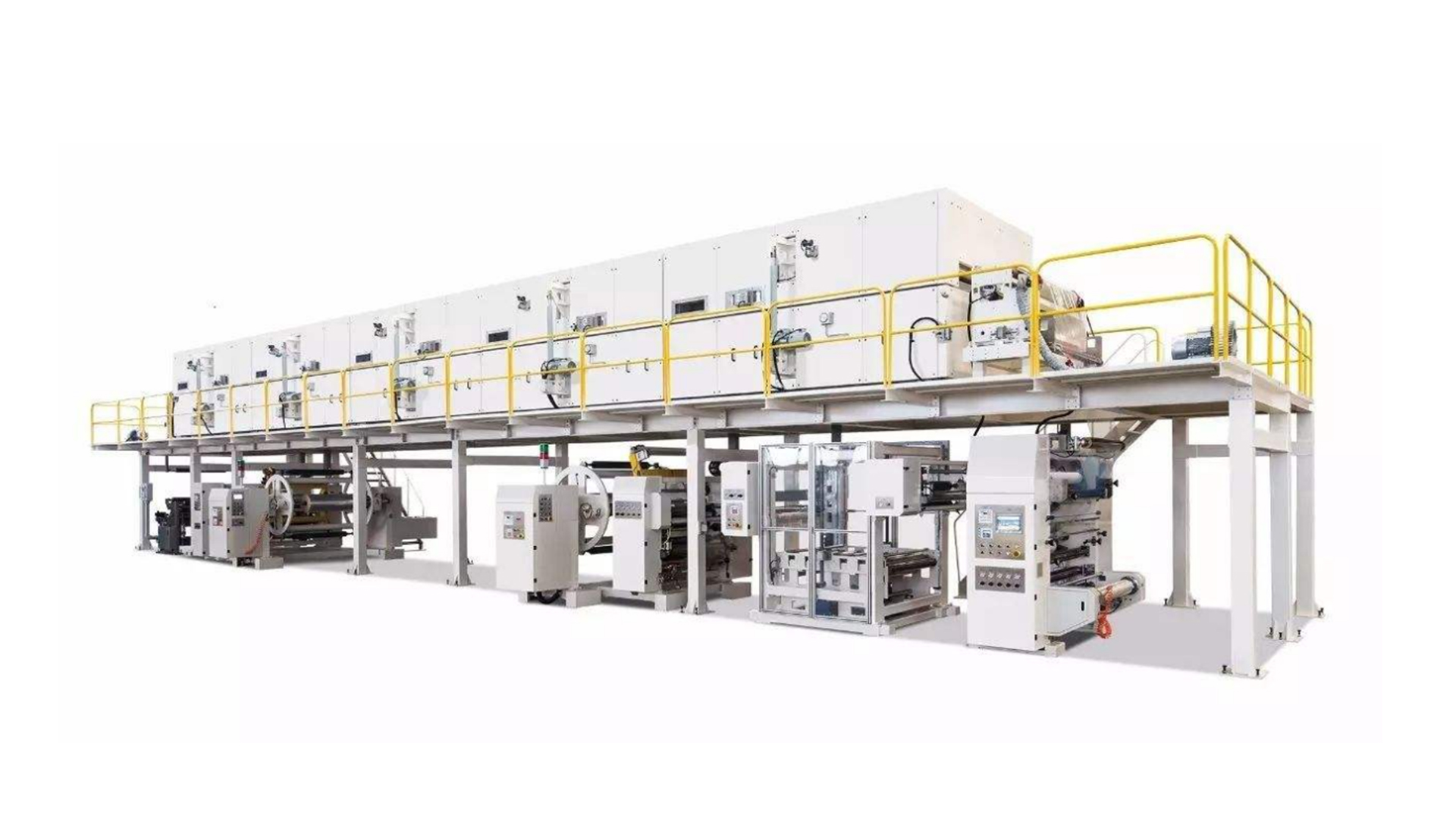 coater
coater Advanced Extrusion Coater for High Quality Coating
Advanced Extrusion Coater for High Quality Coating High-Quality Transfer Coater for Smooth Coating
High-Quality Transfer Coater for Smooth Coating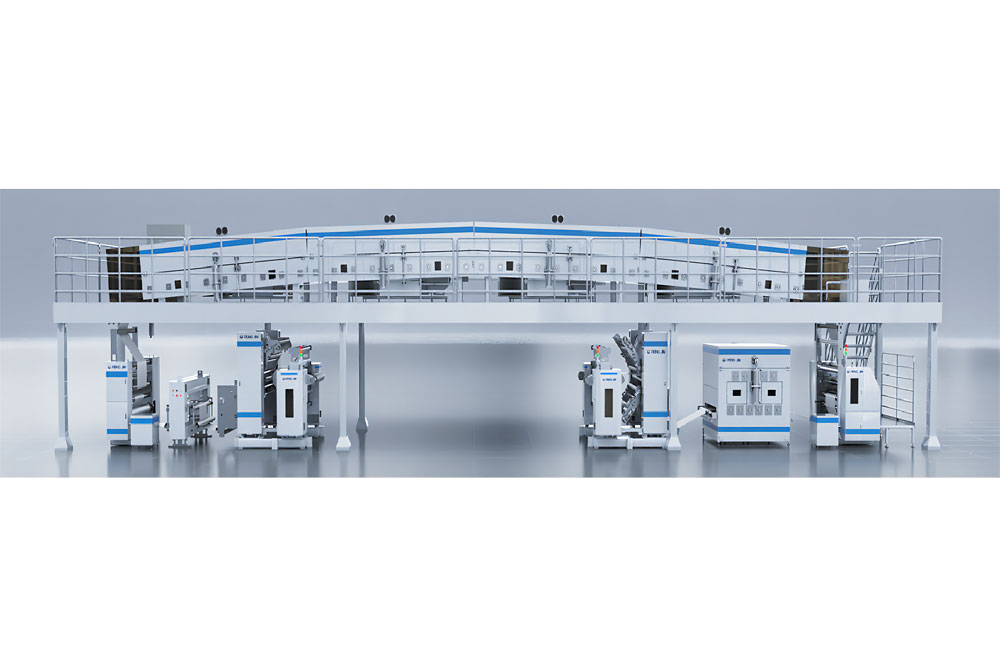 The double guide arm structure Gravure coater
The double guide arm structure Gravure coater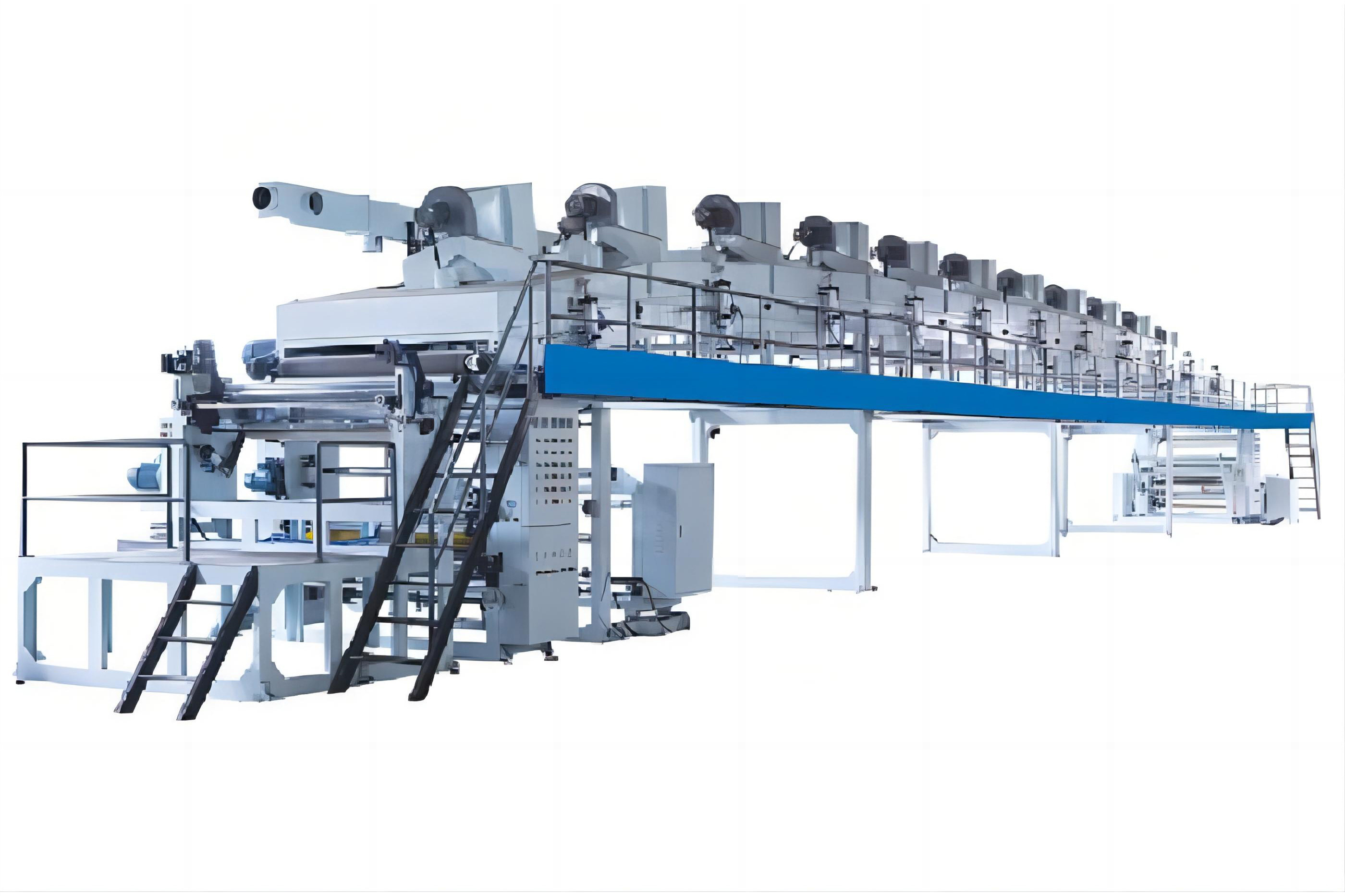 The double guide arm structure Gravure coater
The double guide arm structure Gravure coater Enhanced Coating: High-Precision Micro-Concave Coater
Enhanced Coating: High-Precision Micro-Concave Coater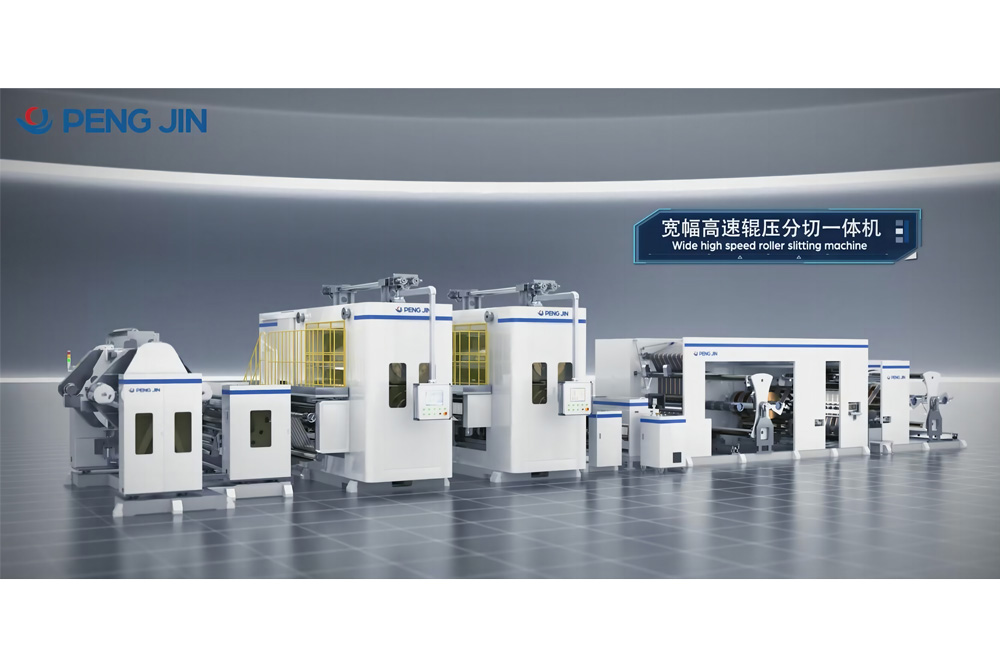 Dry Electrode Diaphragm Calender
Dry Electrode Diaphragm Calender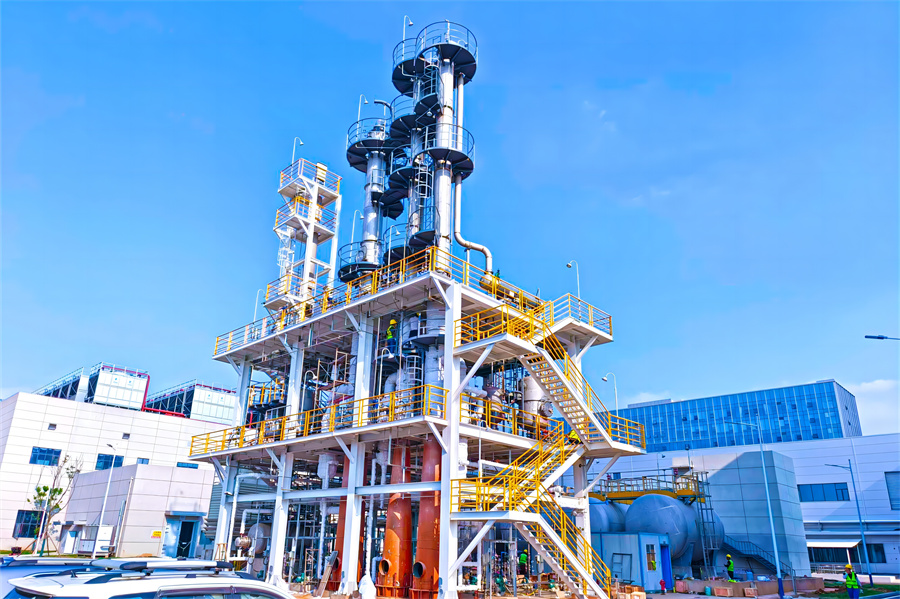 Hunan Desai NMP Distillation Equipment
Hunan Desai NMP Distillation Equipment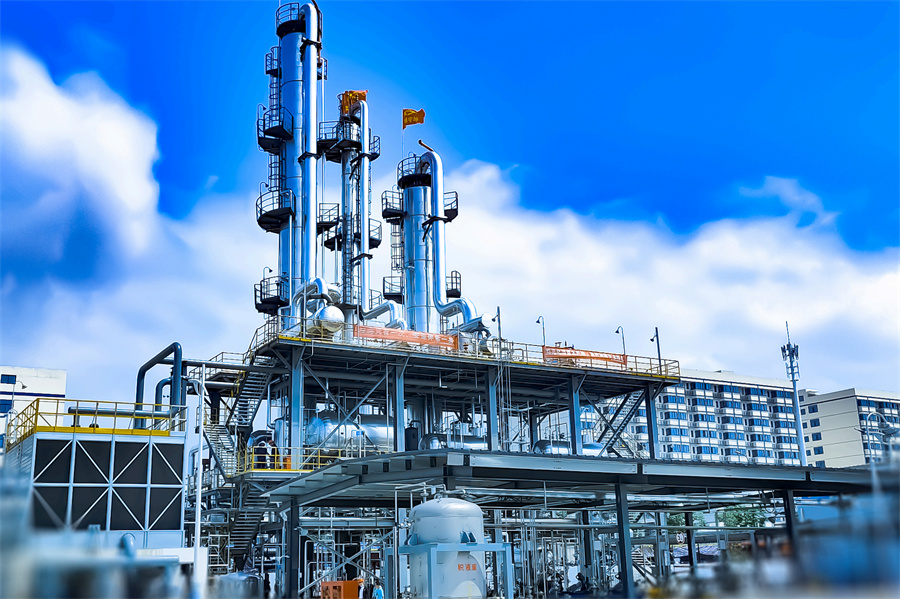 Shaoxing Fudi NMP Distillation Equipment
Shaoxing Fudi NMP Distillation Equipment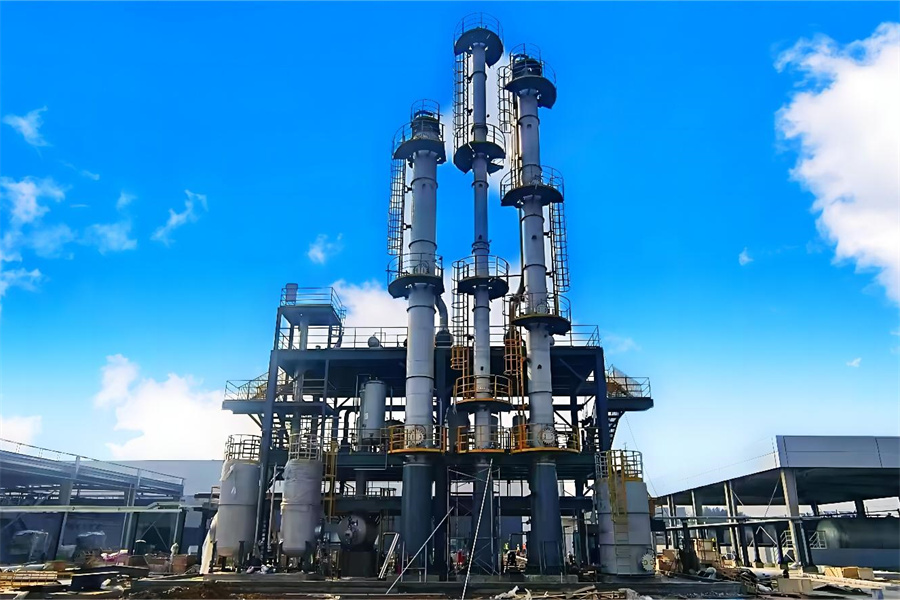 NMP distillation equipment in Ningguo era
NMP distillation equipment in Ningguo era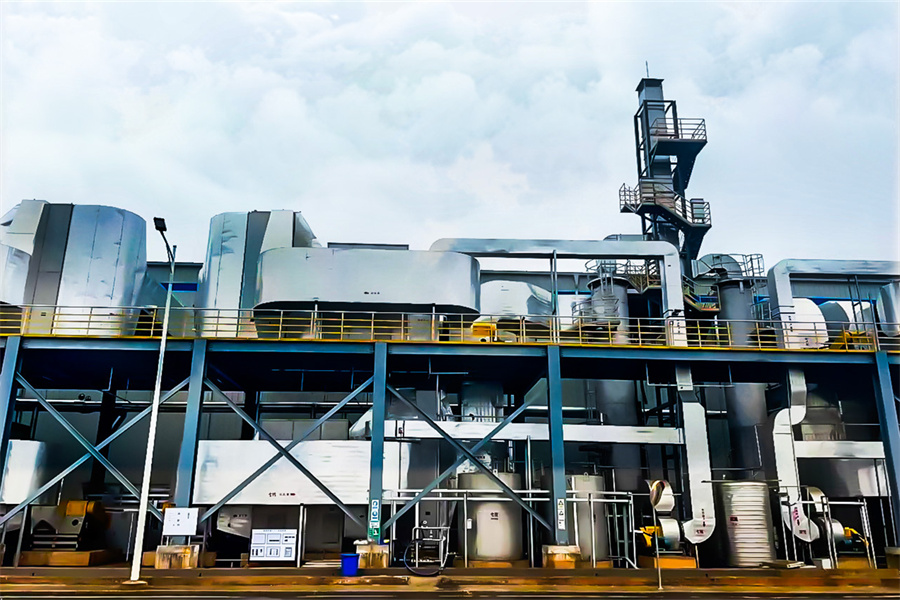 Guangxi Fudi (Qingxiu) NMP Recovery System
Guangxi Fudi (Qingxiu) NMP Recovery System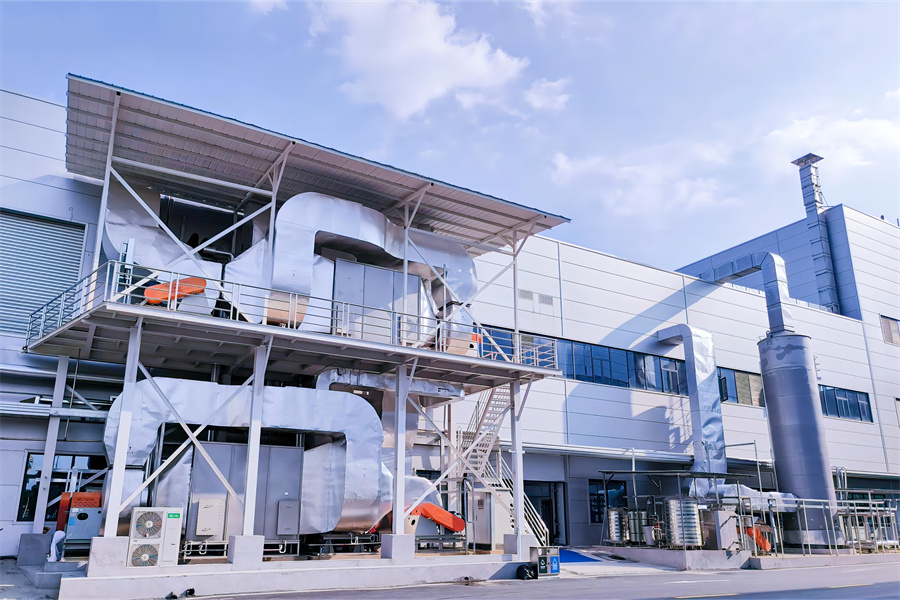 NMP Recovery Equipment in Desai, Hunan Province
NMP Recovery Equipment in Desai, Hunan Province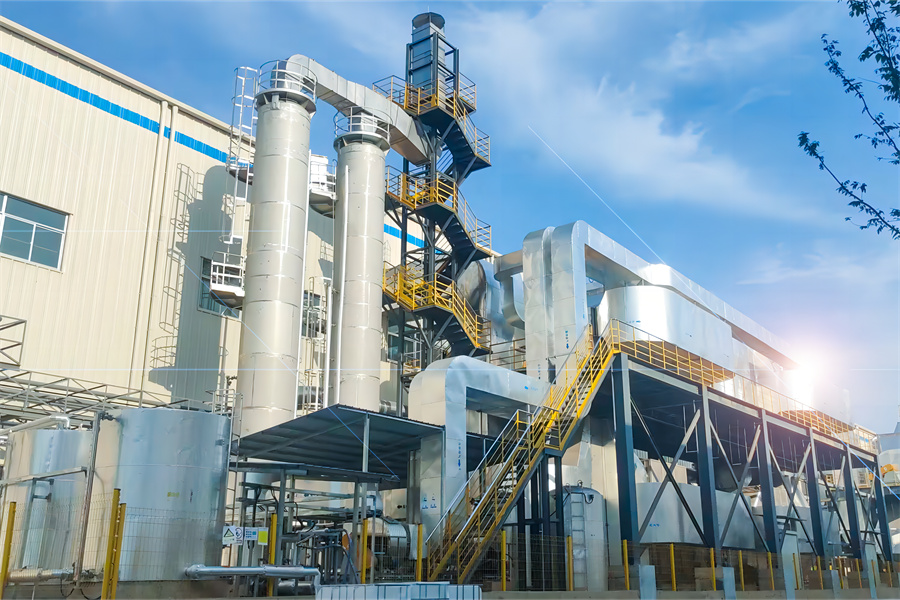 Xiangyang Foday NMP Recovery System
Xiangyang Foday NMP Recovery System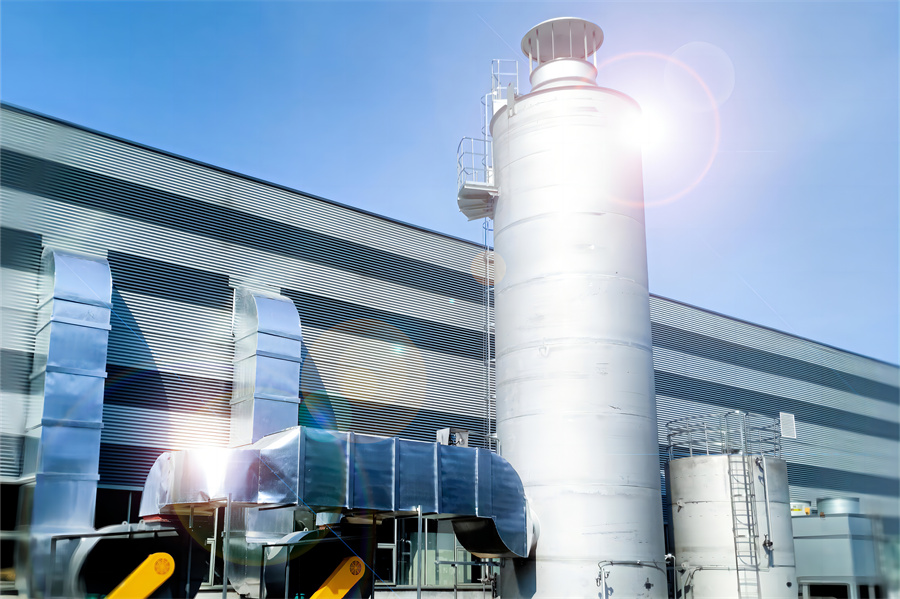 Shangrao SVOLT NMP Recovery System
Shangrao SVOLT NMP Recovery System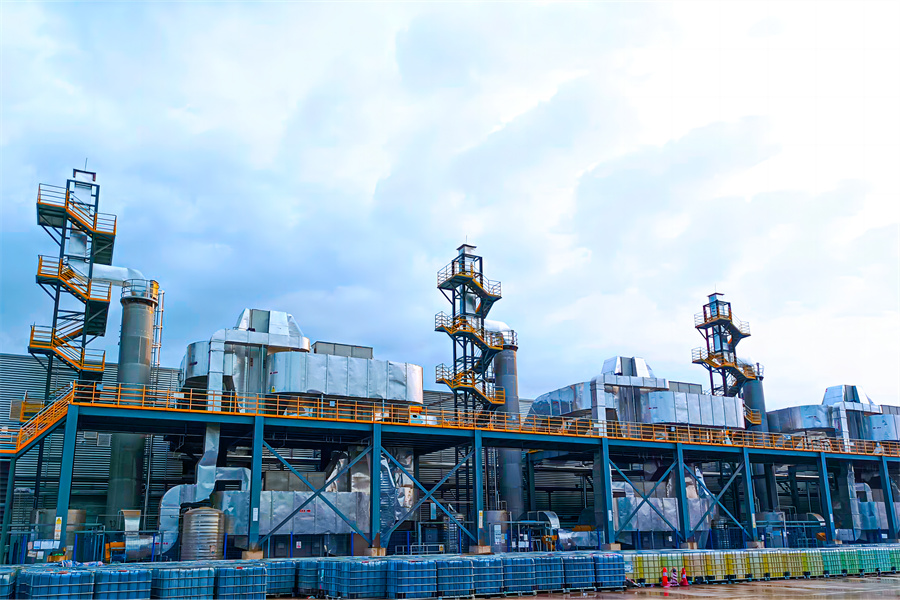 Yongning FinDreams Battery NMP Recovery System
Yongning FinDreams Battery NMP Recovery System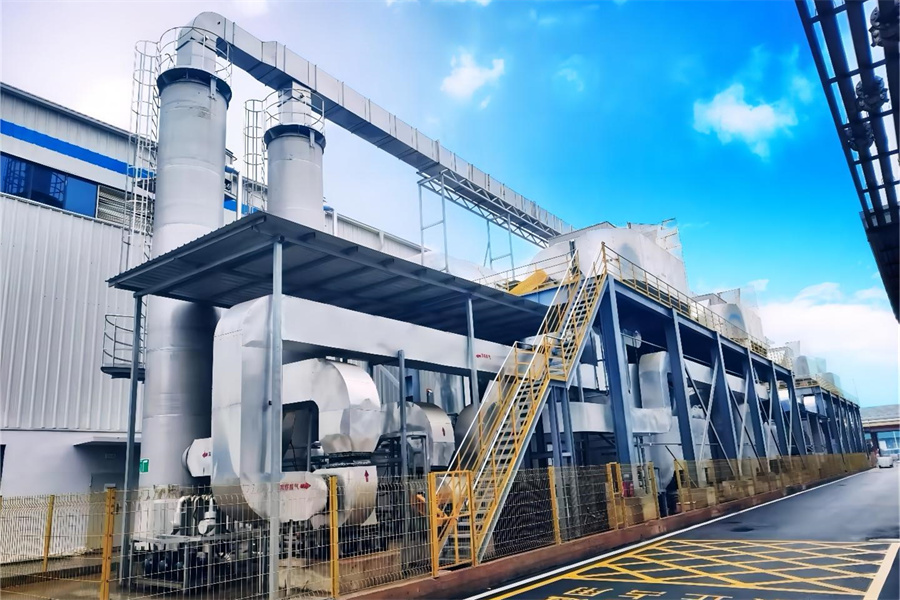 ASEAN Fodi (Wuming) NMP equipment recycling system
ASEAN Fodi (Wuming) NMP equipment recycling system Guangzhou Rongjie NMP recycling system
Guangzhou Rongjie NMP recycling system


 WhatsApp
WhatsApp
 Facebook
Facebook
 Instagram
Instagram